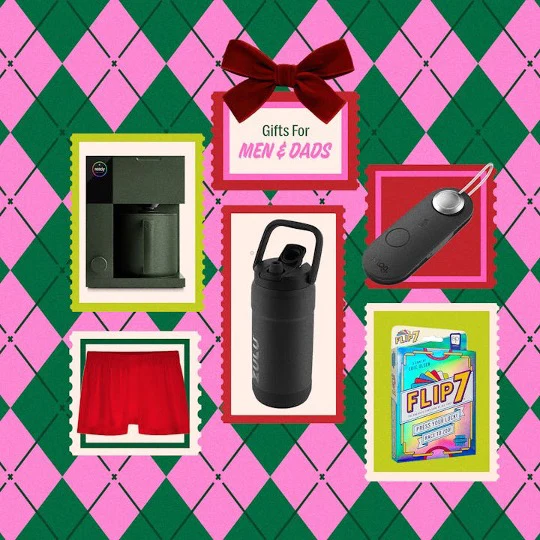

How to Clean, Sanitize, and Store a Water Filter in the Off Season
It’s important to clean and sanitize your backcountry water filter or purifier before storing it away during the winter months. There’s a simple three-stage process for this that involves cleaning the filter to improve its flow rate, sanitizing the filter to kill any microorganisms inside it, and drying it before storing it until you’re ready to use it again.
Step 1: Backflush Your Water Filter or Purifier
Many backcountry water filters and purifiers can be backflushed, which means reversing the normal flow of water through the filter element. This serves to unclog any debris or contaminants that are stuck in the filter, flush them out, and improve the filter’s flow rate. Many filters and purifiers come with a hose or a syringe, like the Sawyer Squeeze that you can use to perform this backflushing operation. Still, others require that you “shake” the filter element, like the Platypus QuickDraw or the Katadyn BeFree when attached to a full bladder to clean it.
If you’ve used your water filter or purifier recently, you only need to perform the backflush/cleaning operation a few times to clean it out. If you haven’t used it recently and the filter element is “dry”, it’s best to run water through the filter in the normal direction to wet it out before commencing the backflushing operation.
Try not to exert any extra pressure when you backflush the filter element because it can rip or deform the internal filter element, which may just be paper, depending on the product you use. Sawyer claims their filters are pretty tough, but others are not, and I think it’s prudent to be firm but gentle during the backflushing process.
Step 2: Sanitize the Filter Element
In this next stage, you need to sanitize the filter/purification element and kill any microorganisms that may remain inside. You don’t want these to keep growing over the winter because they can permanently clog or damage the filter element. Different manufacturers suggest slightly different procedures for this process, so check their website recommendations.
But the two most common ways that people sanitize their water filter/purification element are to flush it with a diluted bleach solution made using one capful of fragrance-free bleach per Liter of water or to mix up a liter of water treated with chlorine dioxide made using Aquamira drops or Katadyn Micropur tablets. Filter these like you would raw water in the field and you’ll sanitize the filter element.
From the Squad
Campfire conversations with our community, from Squad Members and Ambassadors to Brand Partners and the Sawyer team.

















